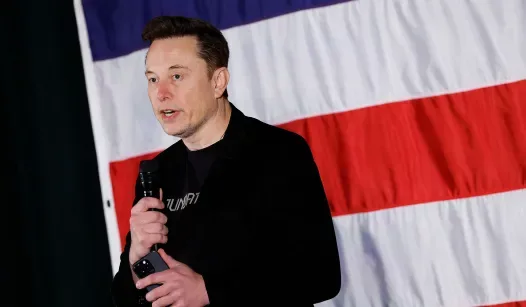In recent political developments, the emergence and subsequent decline of Elon Musk’s America Party have sparked renewed discussions about the viability of third-party movements in the United States. This latest attempt to disrupt the entrenched two-party system has once again highlighted the challenges faced by alternative political parties in gaining traction and influence.
Historically, the U.S. has been dominated by two main political parties: the Democrats and the Republicans. This two-party system has deep roots in American political culture, dating back to the early years of the republic. Despite numerous attempts by third parties to challenge this status quo, they have consistently struggled to make a significant impact on national elections.
The America Party, envisioned by Musk as a platform for innovative ideas and a departure from traditional party politics, aimed to attract voters disillusioned with the current political landscape. However, like many before it, the party faced insurmountable obstacles. From ballot access issues to the challenge of building a cohesive platform that resonates with a broad electorate, the hurdles proved too great.
One of the primary reasons for the persistence of the two-party system is the electoral structure itself. The winner-takes-all approach used in most states discourages voters from supporting third-party candidates, as they often feel that their votes are wasted. This dynamic creates a self-reinforcing cycle where voters align with the two dominant parties, further entrenching their power.
Additionally, the financial and organizational resources required to mount a successful campaign are substantial. Established parties have the advantage of long-standing donor networks and a loyal voter base, making it difficult for newcomers to compete. The America Party’s failure to gain traction serves as a reminder of the significant barriers that third parties face in the American political arena.
Despite these challenges, the desire for alternatives to the two-party system persists among many voters. Polls indicate that a significant portion of the electorate is dissatisfied with both major parties and is open to exploring new political options. This sentiment reflects a broader trend of political disillusionment, where citizens feel that their needs and concerns are not adequately addressed by the existing parties.
In response to this discontent, some advocates argue for electoral reforms that could level the playing field for third parties. Proposals such as ranked-choice voting and proportional representation are gaining attention as potential solutions to the limitations of the current system. These reforms could encourage more diverse political representation and give voters more meaningful choices at the ballot box.
However, implementing such changes is no small feat. The two major parties have significant control over the legislative process, and any attempts to alter the electoral framework are likely to face resistance. Moreover, there is a question of whether third parties, if given more opportunities to compete, would be able to unify their platforms and present a viable alternative to the established parties.
The America Party’s short-lived existence serves as a case study in the complexities of American politics. While the desire for change is palpable, the reality of the two-party system remains a formidable barrier. As we look ahead to future elections, it is clear that unless significant reforms are enacted, the dominance of the Democrats and Republicans is likely to continue.
In conclusion, the challenges faced by third parties in the United States are deeply rooted in the political and electoral landscape. While the America Party may have been a fleeting idea, it has reignited the conversation about the need for alternatives to the current system. For now, it appears that the two-party system is here to stay, but the ongoing dialogue about political reform suggests that the quest for a more representative democracy is far from over.
